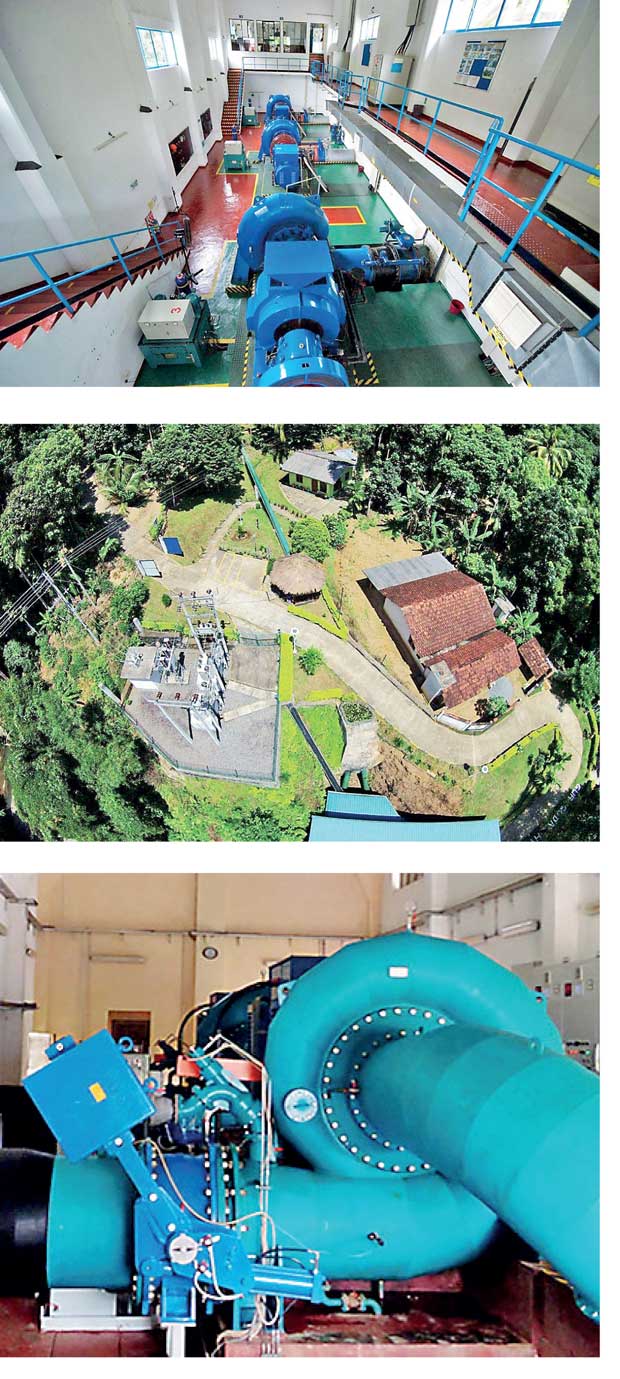07 Mar 2017 - {{hitsCtrl.values.hits}}

Sri Lanka’s small hydropower industry has been etching a significant number of milestones since its inception in 1996.
Just 20 years on, it collates a total of 169 projects producing 337.77 MW, been named by the World Bank as the best performing project of its kind and become the sought after role model by countries in Africa and South Asia as well as the World Bank, UNIDO, ADB and IFC which has thus seen Sri Lanka establish its first technology export. In addition, there has been a saving of Rs. 19 billion on foreign exchange given the industry’s contribution to the national grid with a generation of 4,000 in direct employment for 4,000 and 5,000 indirectly.
The Small Hydropower Association details the critical success factors that have seen this impressive growth in the sector, which includes an investment appetite imbuing a risk-taking pioneering spirit with a long term view of profit and a ready mindset to work on a concept of profit sharing with engineers.
Experienced engineers who showcase their prowess through knowledge transfer working with large scale hydropower plants and quick adaptation to global know-how applied to the local context. The government’s support for industry growth as exampled by minimal barriers for the entry of a project, concessionary rates and reasonable tariffs prompt commercial viability. A refinancing scheme introduced by the World Bank for commercial banks has also added impetus.
As Director (Development) of the Ministry of Power & Renewable Energy Sulakshana Jayawardena confirms, with the introduction of the cost based technology specific tariff introduced by the Government to promote the entirety of the renewable energy industry, the capacity increased manifold, auguring well for the country’s ultimate vision of becoming an energy hub. “Becoming an energy hub means using resources available within one’s own country without losing sight of the sustainable dynamic. I have observed how the SHPs have worked well on the basis of the triple bottom line, contributing energy to the national grid and therefore saving on foreign exchange expended on energy, infusing foreign exchange through the sharing of expertise and knowledge with other countries, expanding renewable energy capacity by developing more projects and reducing CO2 emissions which minimizes carbon footprint.”
He hastens to add that in some cases there have been communities who have opposed the establishment of such SHPs, based on the misconception that their water source is being affected. “These projects work on a run-of-the-river basis and communities believe that once the water is harnessed, they won’t have their water. The reality is there is a minimum flow for about 50 meters or so.” But Jayawardena does mention that communities have benefited immensely with the presence of these SHPs with each SHP entity supporting education, healthcare and developing infrastructure for the communities in those areas.
The industry’s full potential, however, is yet to be realized. The SHP Association urges the improvement of tariff formulation methodologies to reflect more realistic project development costs, building capacity within the Sustainable Energy Authority to streamline land acquisition and approvals, granting extensions for reasonable refurbishment rates for projects completing 15 years augmenting investor confidence and a re-establishment of the five year tax holiday.
A more transparent and accountable process is also recommended for the purchase of power, amendments to the Electricity Act effected and a firm stance maintained on the common national development effort to protect stakeholders from false and misinformed propaganda being disseminated to the general public.
25 Nov 2024 11 minute ago
25 Nov 2024 26 minute ago
25 Nov 2024 2 hours ago
25 Nov 2024 2 hours ago
25 Nov 2024 3 hours ago